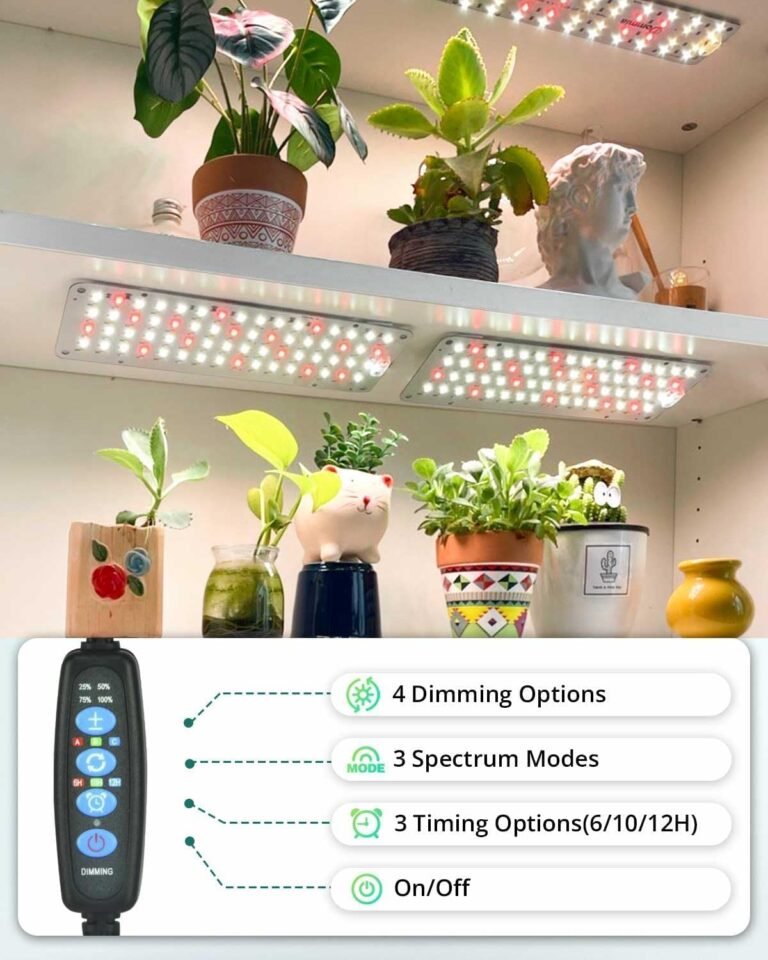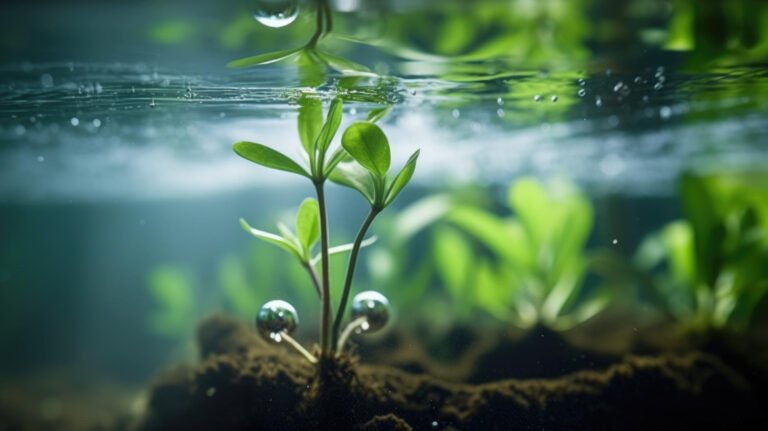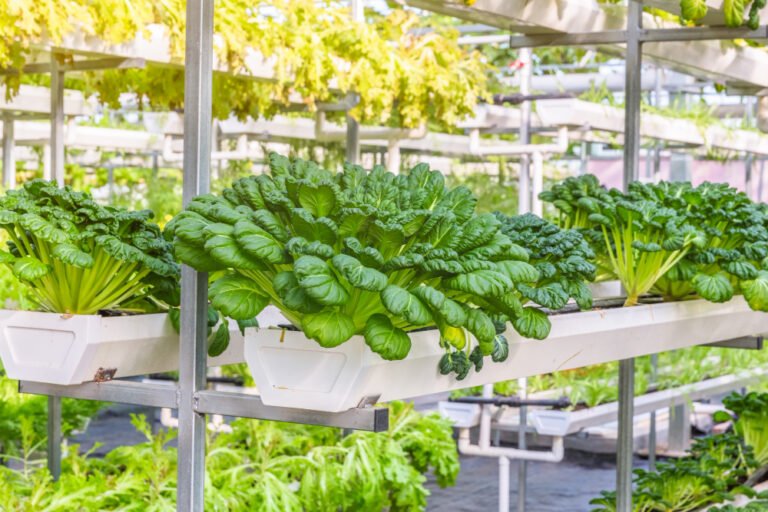Overview
What is Aquaponics?
Aquaponics is a sustainable and efficient method of growing plants and raising fish together in a closed-loop system. It combines aquaculture (the cultivation of fish) with hydroponics (the cultivation of plants in water) to create a mutually beneficial relationship. In an aquaponics system, fish waste provides nutrients for the plants, while the plants filter and purify the water for the fish. This innovative and space-saving technique is becoming increasingly popular, especially for those who are passionate about sustainable and organic food production. If you’re looking for a way to grow your own food at home while minimizing your environmental impact, aquaponics could be the perfect urban gardening technique for you.
Benefits of Aquaponics
Aquaponics offers a wide range of benefits that make it an excellent choice for both novice gardeners and experienced growers. Here are some of the key benefits of aquaponics:
| Benefit | Description |
|---|---|
| Sustainable | Aquaponics is a sustainable method of food production that combines aquaculture (raising fish) with hydroponics (growing plants in water). This closed-loop system uses 90% less water compared to traditional farming methods. |
| Organic | With aquaponics, you can grow organic fruits, vegetables, and herbs without the need for chemical fertilizers or pesticides. The fish waste provides natural nutrients for the plants, resulting in healthy and nutritious produce. |
| Space-efficient | Aquaponics systems can be set up in small spaces, making them ideal for urban environments or homes with limited garden space. You can grow a variety of plants vertically, maximizing the use of space. |
Aquaponics is a great way to produce your own fresh and sustainable food while contributing to a greener environment. By adopting this innovative method, you become an aquaponics advocate and inspire others to start their own aquaponics journey!
How Aquaponics Works
Aquaponics is a sustainable method of growing plants and raising fish in a symbiotic environment. The aquaponics system combines hydroponics, which is growing plants in water, and aquaculture, which is raising fish. In this system, the fish waste provides nutrients for the plants, while the plants filter and clean the water for the fish. This creates a closed-loop ecosystem where both the plants and fish thrive. Aquaponics is gaining popularity as a way to grow fresh and healthy food right in your own kitchen. With the help of a Pocket Farm Reviews, you can easily set up and maintain your own aquaponics system.
Setting Up Your Aquaponics System

Choosing the Right Location
When it comes to choosing the right location for your aquaponics system, there are a few factors to consider. First, you’ll want to find a spot that receives adequate sunlight throughout the day, as this is essential for the growth of your plants. Additionally, you’ll want to ensure that the location is convenient for you to access and maintain. It’s also important to consider the size of the space available, as you’ll need enough room for both the fish tank and the grow bed. Lastly, consider the temperature of the location, as certain plants and fish thrive in specific temperature ranges. By taking these factors into account, you can ensure that your aquaponics system is set up for success.
Selecting the Equipment
Now that you have chosen the perfect location for your aquaponics system, it’s time to select the right equipment. There are a few key components you’ll need to get started. First, you’ll need a fish tank to house your aquatic friends. Make sure to choose a tank that is the right size for your space and the number of fish you plan to have. Next, you’ll need a grow bed where your plants will thrive. Consider the size of the grow bed and the type of plants you want to grow. Lastly, you’ll need a water pump to circulate the water between the fish tank and the grow bed. Look for a pump that is energy-efficient and has adjustable flow rates. With the right equipment in place, you’ll be well on your way to a successful aquaponics system.
Setting Up the Fish Tank and Grow Bed
Now that you have chosen the right location and selected the equipment, it’s time to set up the fish tank and grow bed. First, position the fish tank in a sturdy and level surface. Ensure that it is near a power source for the water pump. Next, connect the water pump to the fish tank and the grow bed. Fill the fish tank with water and add the fish. The grow bed should be filled with a growing medium, such as gravel or clay pellets. Once everything is set up, monitor the water temperature and pH levels regularly to ensure a healthy environment for the fish and plants. Happy aquaponics gardening!
Maintaining Your Aquaponics System

Monitoring Water Quality
Monitoring the water quality in your aquaponics system is crucial to ensure the health and well-being of your fish and plants. Regular testing of the water parameters such as pH, ammonia levels, nitrate levels, and temperature is important to maintain a balanced and optimal environment. You can use test kits or digital meters to measure these parameters. Keeping a record of the test results will help you track any changes and take necessary actions if needed. Additionally, it is important to monitor the oxygen levels in the water to ensure proper oxygenation for the fish. Maintaining a clean and healthy environment will promote the growth and productivity of your aquaponics system. By regularly monitoring the water quality, you can address any issues promptly and ensure the success of your aquaponics garden.
Feeding and Caring for the Fish
Now that you have set up your aquaponics system and chosen the right fish, it’s time to learn how to properly feed and care for them. Feeding the fish is a crucial part of maintaining a healthy and thriving aquaponics system. You should feed the fish a balanced diet that includes both commercial fish feed and natural food sources like insects and worms. It’s important to monitor the fish’s feeding habits and adjust the amount of food accordingly. Overfeeding can lead to water pollution and other issues, while underfeeding can affect the fish’s health. Additionally, you should regularly check the water quality parameters such as ammonia, nitrite, and nitrate levels to ensure a suitable environment for the fish. By providing proper care and nutrition to your fish, you will create a sustainable and productive aquaponics system.
Maintaining the Grow Bed
Now that you have set up your aquaponics system and have a thriving fish tank and grow bed, it’s important to properly maintain the grow bed to ensure the health and growth of your plants. Regular maintenance tasks include checking the water level in the grow bed to make sure it is at the right level for the plants to absorb nutrients, removing any debris or dead plant matter that may accumulate, and monitoring the pH level to ensure it remains in the optimal range. Additionally, it is recommended to add beneficial bacteria to the grow bed regularly to promote a healthy ecosystem. By taking these steps, you can ensure that your plants continue to thrive and provide you with a bountiful harvest.
Conclusion

Enjoy Fresh and Sustainable Food
Aquaponics allows you to enjoy fresh and sustainable food right from your own kitchen. By combining aquaculture and hydroponics, you can grow a variety of vegetables and raise fish in a symbiotic system. With aquaponics, you can have a constant supply of nutrient-rich produce without the need for pesticides or harmful chemicals. Not only does this provide you with healthier food options, but it also reduces your carbon footprint and promotes a greener environment. Start your aquaponics journey today and experience the joy of growing your own food!
Contribute to a Greener Environment
By practicing aquaponics in your kitchen, you are not only growing your own food but also contributing to a greener environment. Aquaponics is a sustainable farming method that combines aquaculture and hydroponics. It uses less water compared to traditional farming methods and eliminates the need for chemical fertilizers. Additionally, aquaponics reduces the carbon footprint by minimizing transportation and packaging waste. You can be a part of the sustainable food movement by setting up your own aquaponics system and enjoying fresh, organic produce right at home.
Start Your Aquaponics Journey Today!
If you’re passionate about sustainable living and want to take it a step further, why not start your aquaponics journey today? Aquaponics allows you to grow fresh and nutritious food right in your own kitchen, while also contributing to a greener environment. By combining aquaculture and hydroponics, this innovative system uses fish waste to fertilize the plants, creating a symbiotic relationship that benefits both. With a few simple steps, you can set up your own aquaponics system and enjoy the benefits of homegrown produce. Say goodbye to pesticides and hello to a sustainable and eco-friendly way of gardening!
In conclusion, Grow Plant Ponics offers a wide range of products and recommendations for all your gardening needs. Whether you’re a beginner or an experienced gardener, our featured articles provide valuable insights and tips to help you grow healthy and thriving plants. Consider adding popular *ponics brands to your collection for even better results. Visit our website, Home – Grow Plant Ponics, to explore our favorites and find the perfect products for your garden. Start your gardening journey with us today!







